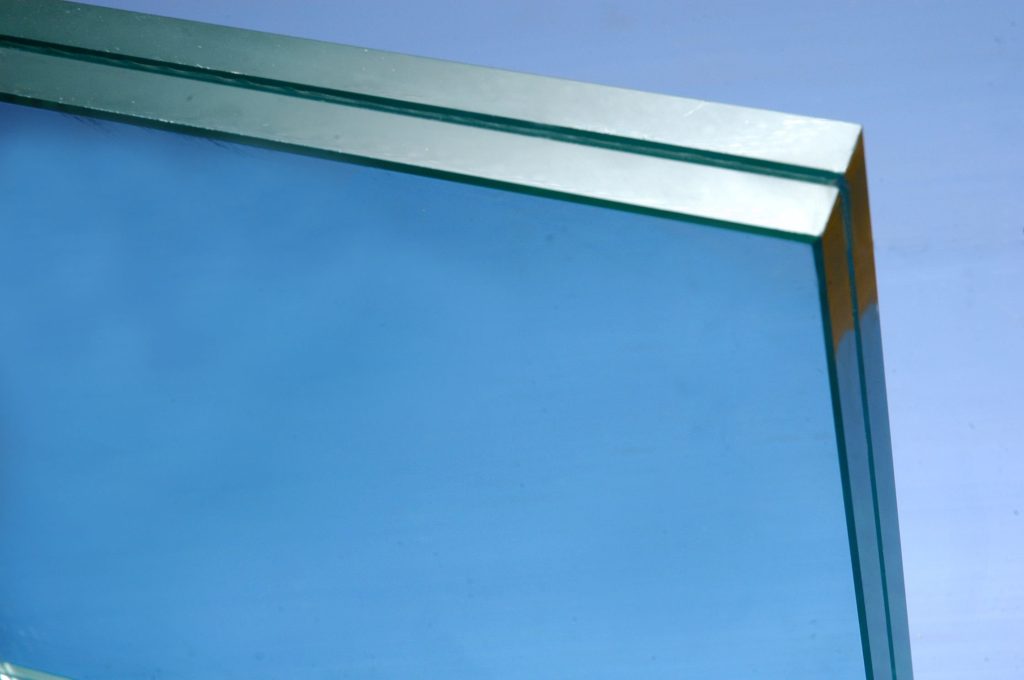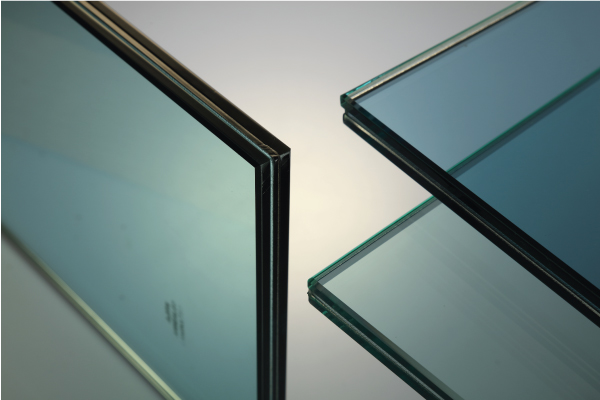
What is a Safety Film?
A safety film is a thin, transparent polyester layer applied to glass surfaces to enhance safety and reduce the risk of injury from accidental breakage. It is installed using either a pressure-sensitive or water-activated acrylic adhesive, forming a protective barrier that holds shattered glass in place upon impact.
Typically ranging between 4 to 7 mil (100 to 175 microns) in thickness, safety films meet the minimum safety standards set by regulatory bodies. They are commonly used in public buildings, schools, offices, and commercial spaces to provide basic impact protection.
Safety Film Testing & Certification
Safety films undergo pendular soft impact tests to evaluate their effectiveness in preventing injuries. One key test involves:

- A 45kg lead shot bag is swung into a full-sized glass panel to mimic an accidental human collision.
- The test determines whether an 11-year-old child would sustain injuries if they ran into the glass.
- This assessment qualifies safety films for wired glass, tempered glass, single-interlayered glass, and float glass applications.
While safety films provide essential protection against accidental impacts, they do offer security against forced entry, explosions, or ballistic threats like advanced security laminates do.

What is Security Laminate?
Security laminate is a multi-layered polyester film, engineered with a pressure-sensitive acrylic adhesive, designed to reinforce glass surfaces. These laminates typically range between 10 to 15 mil (250 to 375 microns) in thickness, offering enhanced impact resistance and security.
Unlike standard window films, security laminates with non-hardening adhesives provide protection against explosive blasts, whether from intentional bomb attacks or accidental industrial and chemical explosions. To ensure optimal performance, security laminates must meet both safety and security standards, with one of the most rigorous being the Underwriters Laboratories (UL) 972-1984 test.
Security Laminate Testing & Certification
Security laminates undergo extensive testing to simulate real-world attack scenarios such as smash-and-grab attempts, burglary, and vandalism. Key test procedures include:



These tests determine whether an attacker can penetrate the reinforced glazing, making security laminates a critical solution for protecting buildings, vehicles, and high-risk environments.
Bullet Resistance Standards for Security Laminates & Glass
Bullet-resistant security laminates and glass are rigorously tested to meet international ballistic protection standards. These standards ensure that the material can withstand various calibers, impact velocities, and projectile types.
1. Key Bullet Resistance Standards
Underwriters Laboratories (UL 752) – U.S. Standard
One of the most widely recognized ballistic resistance standards, UL 752 categorizes bullet-resistant materials into 10 levels, based on the type of firearm and ammunition they can withstand.
UL 752 Bullet Resistance Levels
| Level | Threat Type | Ammunition | Velocity (fps) | Shots |
|---|---|---|---|---|
| Level 1 | Low-threat (handguns) | 9mm FMJ | 1,175 ± 9 | 3 |
| Level 2 | Higher handgun threat | .357 Magnum JSP | 1,250 ± 9 | 3 |
| Level 3 | Heavy handguns | .44 Magnum Lead SWC | 1,350 ± 9 | 3 |
| Level 4 | High-powered rifles | .30-06 Rifle FMJ | 2,850 ± 9 | 1 |
| Level 5 | Assault rifles | 7.62mm NATO FMJ | 2,750 ± 9 | 1 |
| Level 6 | Advanced handgun threat | 9mm FMJ (Higher Velocity) | 1,400 ± 9 | 5 |
| Level 7 | High-powered rifles | 5.56mm (M16) FMJ | 3,080 ± 9 | 5 |
| Level 8 | Military-grade rifles | 7.62mm NATO FMJ (AK-47) | 2,750 ± 9 | 5 |
| Level 9 | Extreme Rifle Protection | Multiple rounds of .30-06 AP | 2,850 ± 9 | 1 |
| Level 10 | Highest Protection | 50 Caliber BMG | 2,915 ± 9 | 1 |
Application Areas:



European Ballistic Standard (EN 1063) – European Standard
The EN 1063 standard defines bullet-resistant glass classifications, labeled BR1 to BR7, based on weapon type, caliber, and penetration resistance.
EN 1063 Bullet Resistance Ratings
| Level | Ammunition | Velocity (m/s) | Shots | Glass Thickness (mm) |
|---|---|---|---|---|
| BR1 | .22 LR | 360 ± 10 | 3 | 7-10 |
| BR2 | 9mm Luger | 400 ± 10 | 3 | 10-15 |
| BR3 | .357 Magnum | 430 ± 10 | 3 | 15-20 |
| BR4 | .44 Magnum | 440 ± 10 | 3 | 20-25 |
| BR5 | 5.56mm NATO (M16) | 950 ± 10 | 3 | 25-30 |
| BR6 | 7.62mm NATO (AK-47) | 830 ± 10 | 3 | 30-40 |
| BR7 | .50 BMG AP | 820 ± 10 | 3 | 40+ |
Additional Classifications:
- SG (Shotgun Resistance) – Glass resistant to shotgun fire (SG1, SG2).
- NS (No Spall) – The glass remains intact with no spall (fragments) on the protected side.
- S (Spall Allowed) – Some glass fragments may be ejected upon impact.
Application Areas:

National Institute of Justice (NIJ 0108.01) – U.S. Law Enforcement Standard
The NIJ standard, set by the U.S. Department of Justice, evaluates bullet-resistant materials based on law enforcement and tactical needs. It categorizes ballistic protection from Level IIA (handguns) to Level IV (armor-piercing rifles).
NIJ Protection Levels
| Level | Threat Type | Ammunition | Velocity (fps) |
|---|---|---|---|
| IIA | Low-level handguns | 9mm FMJ / .40 S&W | 1,090-1,200 |
| II | Medium-level handguns | .357 Magnum / 9mm FMJ | 1,200-1,300 |
| IIIA | High-level handguns | .44 Magnum / 9mm FMJ | 1,400+ |
| III | Rifles | 7.62mm NATO FMJ | 2,750 |
| IV | Armor-piercing rifles | .30-06 AP | 2,850 |
Bullet-resistant laminates and glass must be carefully selected based on threat level, environment, and protection needs. Defence Concepts ensures that its security laminates and ballistic glass solutions adhere to global certification standards, providing maximum protection for individuals, businesses, and government institutions.
